Last weekend was a nice spiritual trip with Heta and her parents to Nathdwara in Rajasthan! For a foodie like me, it was a fun food trip too which included feasts of kandd masala, kesar masala milk, jalebi, fafda, poha, and even chocolate loaded sandwiches for breakfast. Yummm...
Now that I am back, I thought it is the right moment to write about the city that acts as the gateway to Nathdwara. A city founded in 1559 by Maharana Udai Singh II as the new capital of the Mewar kingdom. A city that is often known as the City of Lakes! Yup, I’m talking about Udaipur. One of my favourite cities in India. There’s so much to talk about Udaipur that it is often is a dilemma as to where to start. So I’ll begin first with the question: Why is Udaipur known as the City of Lakes?
So Udaipur, as you would have seen in many photos is renowned for its interconnected lake system with the famous ones being Lake Pichola, Fateh Sagar Lake, Udai Sagar and Swaroop Sagar. These lakes have played a very significant role in the history of Udaipur. So to dive into a bit of history then, Udaipur was founded by Maharana Udai Singh II as the new capital of the Mewar kingdom after the fall of the previous capital, Chittorgarh, which was seized after a siege by Mughal Emperor Akbar.
A few of the primary purposes these lakes were created by the Maharajas of the Mewar dynasty were water supply, irrigation and as recreational spots. Lake Pichola, for instance, was built in the 14th century by Maharana Udai Singh II, the founder of Udaipur, to meet the water needs of the city. It is also home to the stunning Lake Palace (Jag Niwas) and Jag Mandir, both of which appear to float on the serene waters of the lake.
The interconnected lakes, along with the surrounding hills, palaces, and temples, create a captivating and romantic ambiance, making Udaipur a popular destination for tourists and honeymooners. So all in all, the presence of these lakes and their cultural significance has earned Udaipur the well-deserved moniker of the "City of Lakes."
Now that we have established that, let’s move onto 2 more super interesting things about Udaipur and it’s surroundings. 2 things that definitely make Udaipur super unique.
Udaipur’s Famous City Palace
The first thing you will see when you visit Udaipur is the famous City Palace. Also known as the "Maharana's Palace," is a magnificent palace complex located on the eastern shore of Lake Pichola in Udaipur, Rajasthan, India. The history of Udaipur's City Palace is intertwined with the history of the Mewar dynasty, and it serves as a symbol of the city's royal heritage.
Speaking of its foundation, the foundation stone for the City Palace was laid by Maharana Udai Singh II, the founder of Udaipur, in the year 1559. Like we discussed earlier, this decision to establish a new capital came after Chittorgarh, the previous capital, was repeatedly attacked and captured by Mughal emperor Akbar. Udaipur was chosen due to its strategic location and the natural protection provided by the surrounding Aravalli hills and the picturesque Lake Pichola. Even today, watching the sunset from Lake Pichola is definitely a bucketlist item.
Construction of the palace complex spanned over several generations of Mewar rulers, and it evolved over time to reflect various architectural styles. The palace complex was developed by successive rulers, each adding their own contributions to its architecture and design. Some of the key rulers who played significant roles in its construction include Maharana Udai Singh II, Maharana Pratap, and Maharana Jagat Singh.
The City Palace today is an architectural masterpiece that combines Rajasthani and Mughal influences. The palace is a sprawling complex of courtyards, palaces, museums, and gardens. It features ornate balconies, marble work, colorful frescoes, and intricately designed courtyards. The Mor Chowk (Peacock Courtyard), Badi Mahal (Garden Palace), and Zenana Mahal (Women's Palace) are some of the notable structures within the palace complex.
One of the most iconic parts of the City Palace is the Lake Palace (Jag Niwas) or what is today popularly known as Taj Lake Palace Hotel, which is situated in the middle of Lake Pichola. It was built in the 18th century by Maharana Jagat Singh II as a summer palace. The Lake Palace's white marble façade and intricate architecture make it a symbol of Udaipur's romantic allure.
Over the centuries, the City Palace remained the seat of the Mewar dynasty's power and witnessed various historical events, including battles, alliances, and cultural patronage. It also served as a royal residence for the Mewar rulers.
Today, the City Palace is not only a historical treasure but defintely one of the most famous tourist landmarks of Udaipur. Hundreds of Veena World travellers have explored its various museums, which house a rich collection of artifacts, royal memorabilia, and art.
The Great Wall of India
All of us have heard of the Great Wall of China. Some even say that the Great Wall of China can be seen from space, which I don’t think is exactly true. But have you heard of the Great Wall of India! Not many have, but India truly has a Great Wall. And it’s in this very state - Rajasthan! Not far from Udaipur, you will find Kumbhalgarh. And here is where we can witness the Great of India in all of its glory.
Often known as the Great Wall of Kumbhalgarh, this wall is an impressive defensive fortification located close to Udapur. It is a part of Kumbhalgarh Fort, which is one of the most significant and well-preserved forts in Rajasthan. The history of the Great Wall of Kumbhalgarh is closely tied to the construction and expansion of the Kumbhalgarh Fort, and it holds a prominent place in the region's history.
The construction of the Kumbhalgarh Fort and its massive wall is attributed to Rana Kumbha, a revered ruler of the Mewar dynasty. The fort was built during the 15th century, with work commencing around 1443 CE and continuing for several years. The primary motivation behind the construction of this fortress was to provide a formidable defense against external threats, particularly the invading armies of the Mughal Empire.
The Great Wall of Kumbhalgarh stretches for approximately 36 kilometers (around 22 miles) and encircles the entire fort complex. This makes it the second-longest continuous wall in the world after the Great Wall of China. The wall is constructed using large sandstone blocks and is wide enough to allow eight horses to walk abreast. It also has numerous bastions and watchtowers along its length, providing vantage points for soldiers to monitor the surrounding landscape and defend against potential attackers.
The strategic location of Kumbhalgarh Fort and this massive wall allowed it to play a crucial role in the defense of the Mewar region. The rugged Aravalli Hills, where the fort is situated, offered natural protection, and the Great Wall added an extra layer of security. The fort complex included not only defensive structures but also palaces, temples, and other facilities that made it a self-contained and self-sufficient fortress.
And speaking of historical events, Kumbhalgarh Fort and its Great Wall are associated with several historical events. One of the most famous stories is that of Rana Kumbha's birth. He was born in the fort, and it is said that his nurse sacrificed her life to ensure his safety during an enemy attack, highlighting the fort's importance as a defensive stronghold.
Over the centuries, Kumbhalgarh Fort faced numerous sieges and battles. It was also a significant center for cultural and artistic activities under the patronage of the Mewar rulers. The fort's resilience and its massive wall have contributed to its lasting legacy in Rajasthan's history.
Today, Kumbhalgarh Fort and its Great Wall are popular tourist destinations, attracting Veena World travellers with their historical significance, architectural marvels, and panoramic views of the surrounding landscape. The fort complex is also a UNESCO World Heritage Site and stands as a testament to the military and architectural prowess of the Mewar dynasty.
So now you know why Udaipur is known as the City of Lakes, the significance of the City Palace of Udaipur and also presenting the Great Wall of India! That’s it from me for today. Until next time, as we always say at Veena World, keep Celebrating Life.










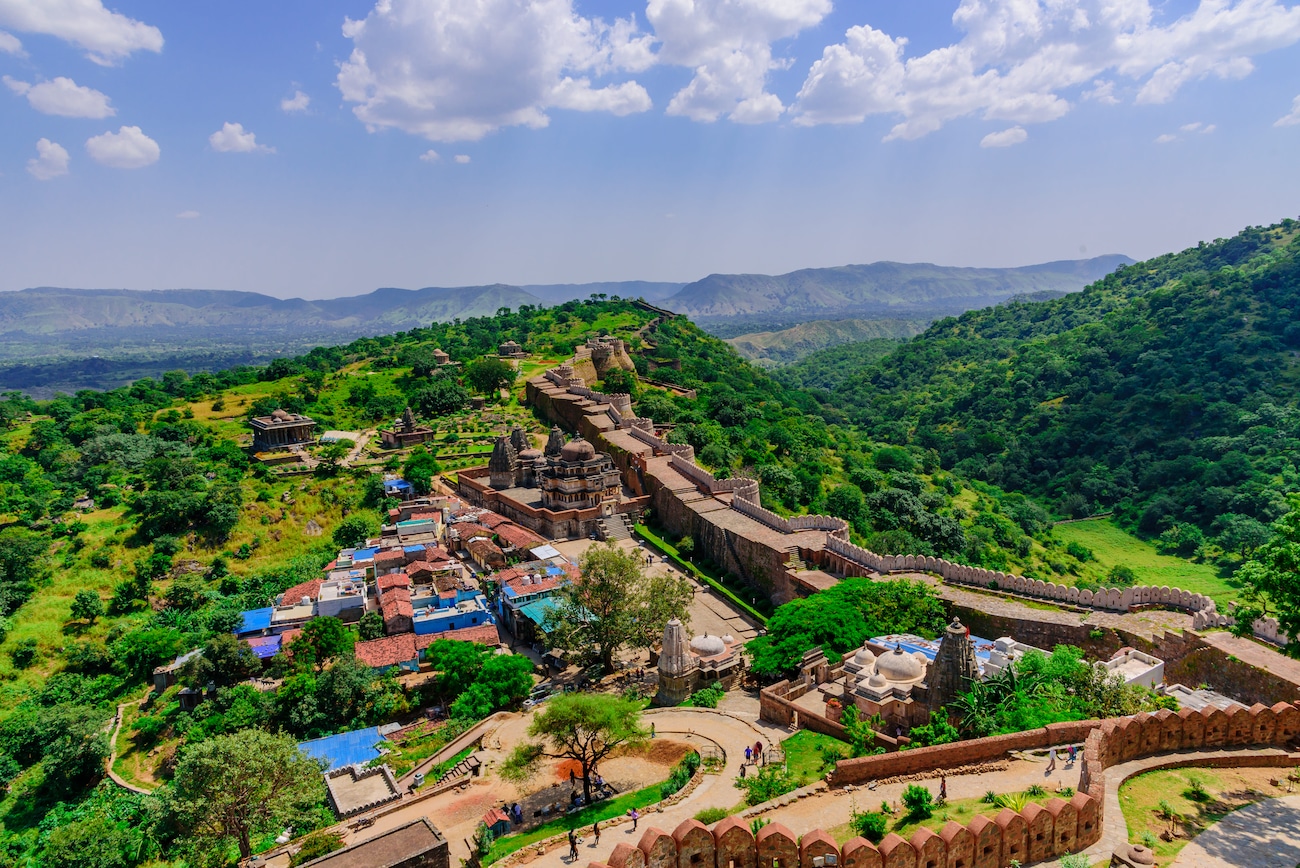
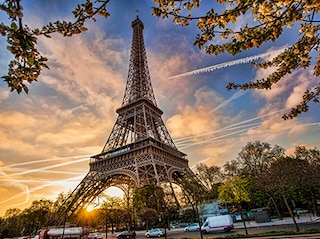
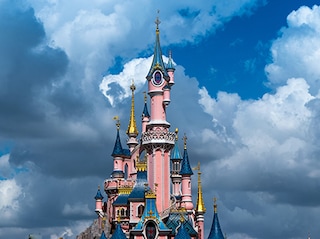
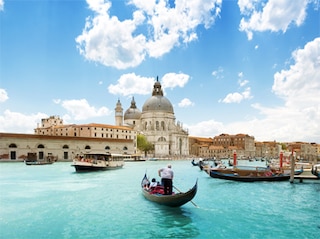
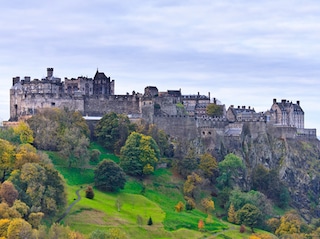
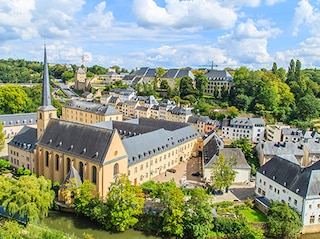




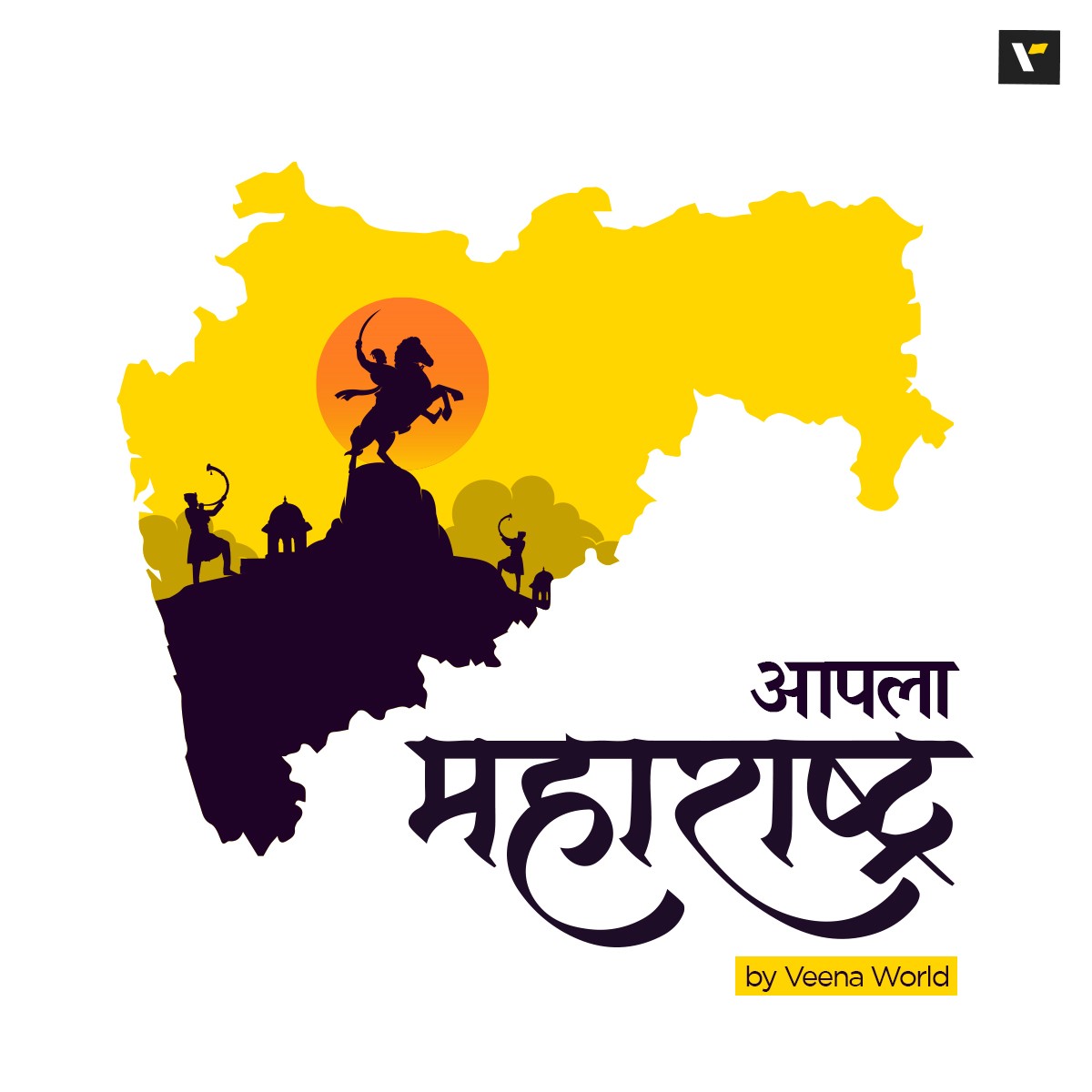










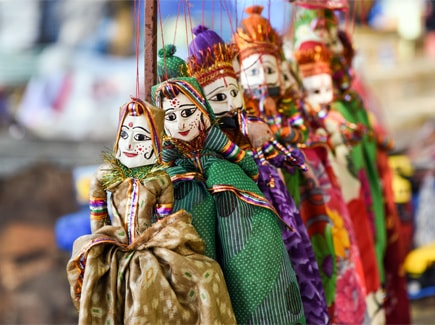

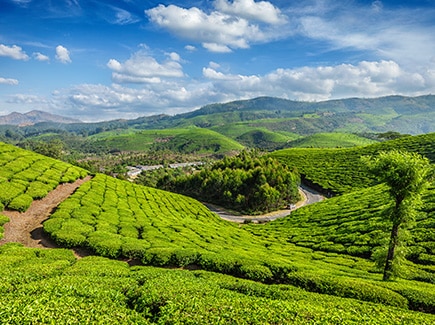

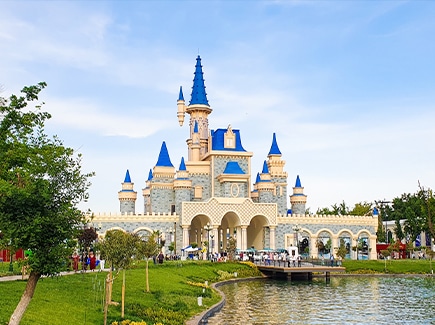
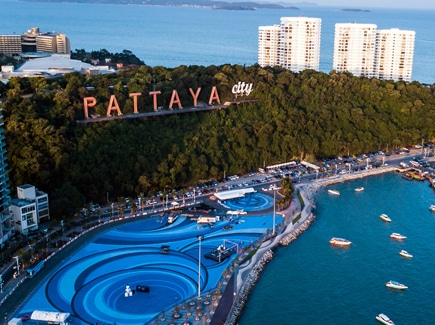

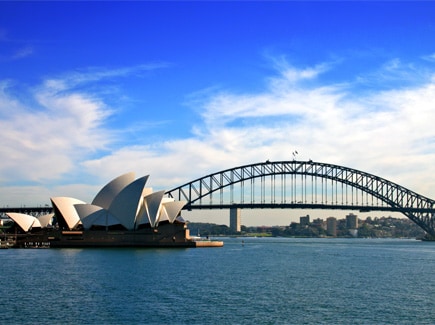







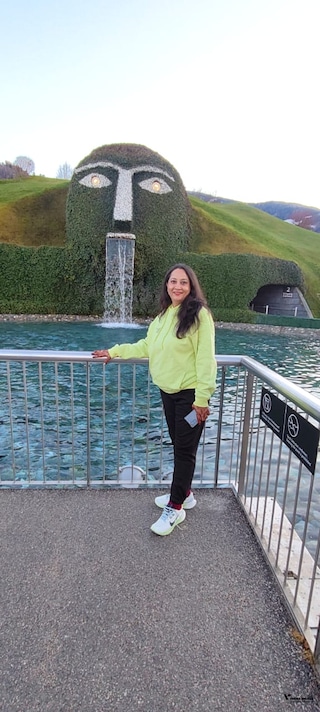


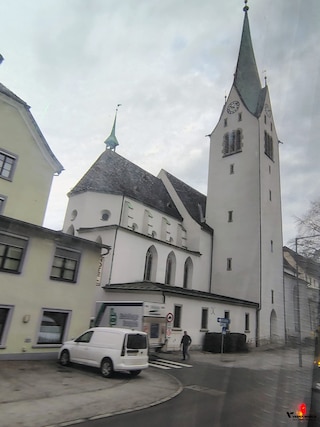




Post your Comment
Please let us know your thoughts on this story by leaving a comment.